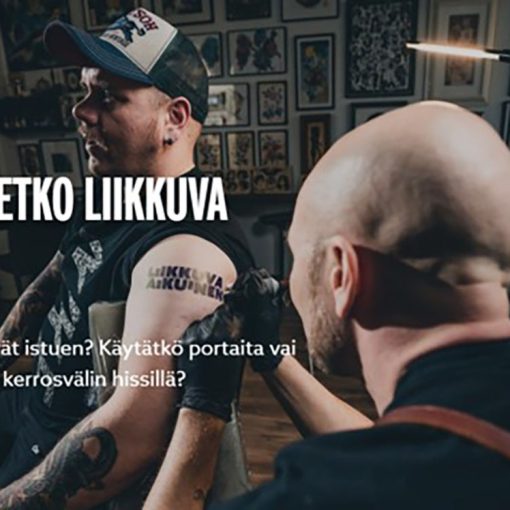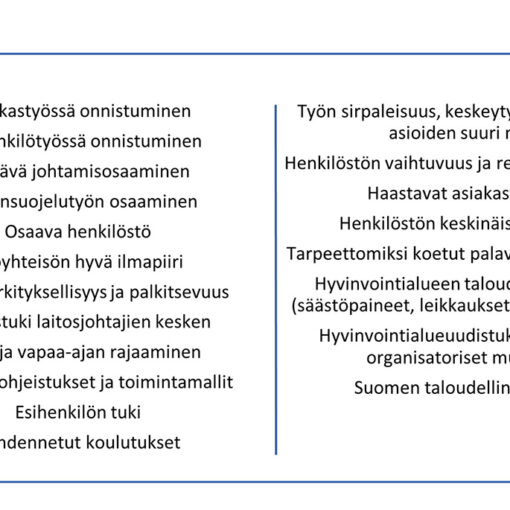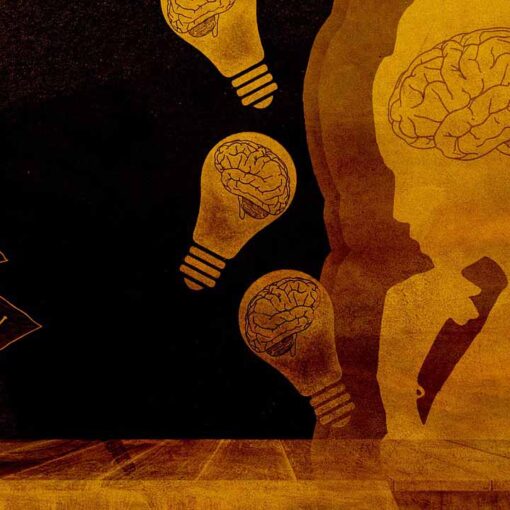The need to develop virtual-based simulations has become crucial in the time of COVID-19. Variable distance learning possibilities are required as students are studying mainly on-line and outside the campus. Rapidly developing technology provides interesting possibilities for the education. (Image 1.)

Simulation is a representation of real-world situation, and a technique to practice various working life competences in a safe environment. Training in the simulation has a long history in the aviation, from where it has been applied to the medical education and other disciplines. (Lateef 2010.) Simulation has been noticed to be more effective learning method than learning in clinical environments (Sullivan et al. 2019).
Simulation training has stepped from traditional laboratory environments into the virtual-based environments. Virtual-based simulations are interactive computer programmes with real-life scenarios, where students have different roles as professionals. programmes with real-life scenarios, where students have different roles as professionals . Virtual-based simulations develop especially student’s teamwork, communication, and decision-making skills, also complex skills in higher education. (Chernikova 2020; Peddle et al. 2016; Cook et al. 2010.)
Virtual simulation
There are several virtual-based simulation learning opportunities for students. Second Life is a real-time environment, where students can role-play as avatars, and interact with the other participants in the same virtual environment (Tiffany et al. 2016). From computer-generated animated videos has stepped to the animated virtual serious games , which uses game-based technology; combining simulation, learning and gaming for supporting and enhancing learning (Verkuyl et al. 2017; Vlachopoulos & Makri 2017).
Virtual-based simulations have several benefits. As the availability of simulation laboratory space is limited, the larger number of students is able to join the virtual simulation. (Verkuyl et al. 2017). Virtual-based simulations provide scenarios where student can train competences several times getting visual feedback on his/her performance. The virtual games are motivating and engage students to study. (Vlachopoulos & Makri 2017.)
Future working life competences
Serious are games not for entertainment. Important characteristics of educational serious games is application of professional knowledge, which is essential to build into the game. (Koivisto 2017.) Finnish National Agency for Education (2019) anticipates that there is a growing need for competences such as ability to provide remote- and virtual services, digital communication and networking competences, and the competences to benefit digital platforms.
Learning in virtual-based simulations itself promotes those competences needed in the future. Ongoing international NiCCoLLa project aims at to increase skills promoting for the successful implementation of technology and ICT in the care and wellbeing sector, the needed competences of future professionals.
Authors
Annamaija Id-Korhonen, Senior lecturer at LAB University of Applied Sciences. She is interested in health promotion and possibilities of digital learning of health services.
Hannele Tiittanen, Principal lecturer at LAB University of Applied Sciences. Interested in future learning possibilities and wellbeing technology.
Both authors are experts in NiCCoLLa-project. The main focus of the NICCoLLa project is development of curricula, course content and training in the field of technology and ICT for healthcare and wellbeing. The primary aim is to develop competencies and skills useful for a future where technology and ICT-solutions play an increasingly important role in delivering client and patient-centered, efficient and accessible care and counseling.
References
Finnish National Agency for Education 2019. Osaamisen ennakointifoorumi – Osaamiskorttipakka. [Cited 20.11.2020]. Available at: https://www.oph.fi/sites/default/files/documents/osaamiskortit_verkkoversio_1.pdf
Chernikova, O., Heitzmann, N., Stadler, M., Holzberger, D., Seidel, T. & Fischer, F. Simulation-Based Learning in Higher Education: A Meta-Analysis. Review of Educational Research, 90(4),499–541. [Cited 15.11.2020]. Available at: https://lut.primo.exlibrisgroup.com/permalink/358FIN_LUT/1hujjmv/cdi_proquest_journals_2429062958
Cook, D., Erwin, P. & Triola, M. 2010. Computerized Virtual Patients in Health professions Education: A Systematic Review and Meta-Analysis. Academic Medicine. [Cited 15.11.2020]. Available at: https://journals.lww.com/academicmedicine/Fulltext/2010/10000/Computerized_Virtual_Patients_in_Health.16.aspx
Koivisto, J. 2017. Leaning clinical reasoning through game-based simulation: Design principles for simulation games. Doctoral Dissertation. University of Helsinki. [Cited 20.11.2020]. Available at: https://helda.helsinki.fi/handle/10138/185902
Lateef, F. 2010. Simulation-based learning: Just like the real thing. Journal of Emergencies, Trauma, and Shock, 3(4), 348–352. [Cited 10.11.2020]. Available at: https://www.onlinejets.org/article.asp?issn=0974-2700;year=2010;volume=3;issue=4;spage=348;epage=352;aulast=Lateef
Peddle, M., Bearman, M. & Nestel, D. 2016. Virtual Patients and Nontechnical Skills in Undergraduate Health Professional Education: An Integrative Review. Clinical Simulation in Nursing, 12, 400-410. [Cited 19.11.2020]. Available at: https://lut.primo.exlibrisgroup.com/permalink/358FIN_LUT/vvk1gv/cdi_crossref_primary_10_1016_j_ecns_2016_04_004
Tiffany, J. M., & Hoglund, B. A. (2016). Using virtual simulation to teach inclusivity: A case study. Clinical Simulation in Nursing, 12(4), 115-122. [Cited 15.11.2020]. Available at: https://lut.primo.exlibrisgroup.com/permalink/358FIN_LUT/vvk1gv/cdi_crossref_primary_10_1016_j_ecns_2015_11_003
Verkuyl, M., Romaniuk, D., Atack, L. & Mastrilli P. 2017. Virtual Gaming Simulation for Nursing Education: An Experiment. Clinical Simulation in Nursing, 13, 238-244. [Cited 18.11.2020]. Available at: https://lut.primo.exlibrisgroup.com/permalink/358FIN_LUT/vvk1gv/cdi_crossref_primary_10_1016_j_ecns_2017_02_004
Vlachopoulos, D. & Makri, A. 2017. The effect of games and simulations on higher education: a systematic literature review. International Journal of Educational Technology in Higher Education, 14(22). [Cited 18.11.2020]. Available at: http://educationaltechnologyjournal.springeropen.com/articles/10.1186/s41239-017-0062-1 [A12]
Links
NiCCoLLa. Network for Innovative Care Competence Learning through Labs: http://niccolla.eu/
Image
Image 1. Retamal. Yerson Retamal. Picture: Shotstash. [Cited 18.3.2021] Available at: https://shotstash.com/media-author/yerson-retamal/




